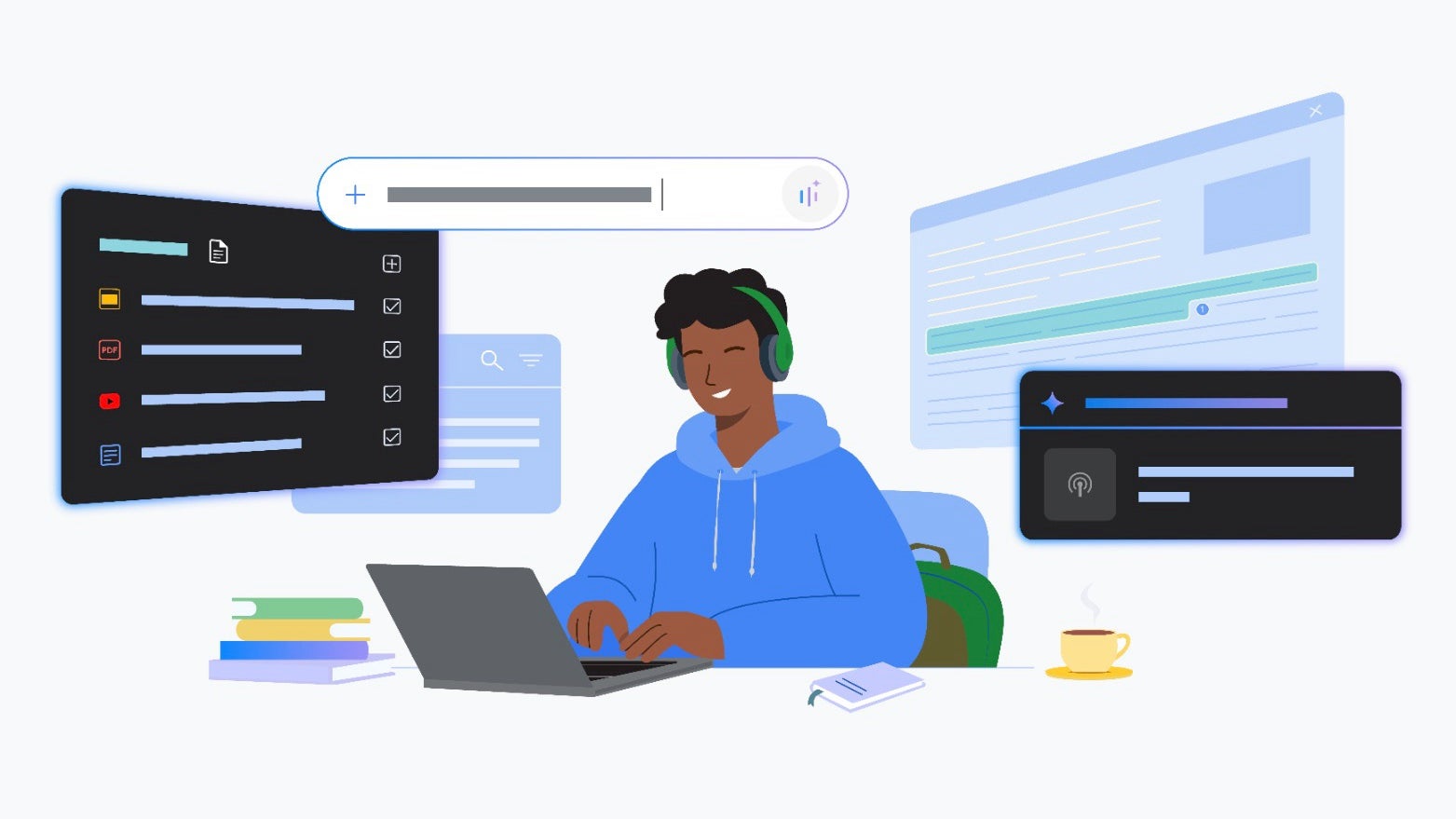Let’s Talk to the Internet: Understanding the Application Layer
Welcome back to our final blog in the Computer Networking for Beginners series! So far, we’ve taken a journey from the Physical Layer all the way up to the Transport Layer. Now, it's time to explore the top-most layer that interacts directly with us—the users. Let’s dive into the Application Layer — the layer where everything we do online actually begins and ends. What is the Application Layer? The Application Layer is the 7th and final layer of the OSI model. It’s the part of the network that users interact with directly. Whenever you browse a website, send an email, or upload a photo, you’re using the Application Layer. Think of it like the cashier counter at a supermarket—after all the backend operations (stocking, billing system, barcodes, etc.), it’s where you interact directly. - Position in OSI Model: Top layer - Position in TCP/IP Model: Merged with Presentation and Session Layers Role of the Application Layer The Application Layer provides services directly to user applications. It allows software like browsers, email clients, and messaging apps to communicate over the network. It does not define the actual application (like Chrome or WhatsApp), but rather the protocols and services that applications use to communicate. Key Responsibilities: Identify communication partners Determine resource availability Synchronize communication Popular Application Layer Protocols Here are some common protocols you’ve probably used without even realizing it: HTTP / HTTPS Used for web browsing. Example: When you visit a website, your browser uses HTTP/HTTPS to fetch data. FTP / SFTP Used to transfer files over the internet. Example: Uploading or downloading files to/from a server. SMTP, POP3, IMAP Used for sending and receiving emails. Example: Gmail uses these to send and sync your emails. DNS Translates domain names to IP addresses. Example: Typing www.google.com gets converted to an IP behind the scenes. DHCP Automatically assigns IP addresses to devices on a network.

Welcome back to our final blog in the Computer Networking for Beginners series! So far, we’ve taken a journey from the Physical Layer all the way up to the Transport Layer. Now, it's time to explore the top-most layer that interacts directly with us—the users.
Let’s dive into the Application Layer — the layer where everything we do online actually begins and ends.
What is the Application Layer?
The Application Layer is the 7th and final layer of the OSI model. It’s the part of the network that users interact with directly. Whenever you browse a website, send an email, or upload a photo, you’re using the Application Layer.
Think of it like the cashier counter at a supermarket—after all the backend operations (stocking, billing system, barcodes, etc.), it’s where you interact directly.
- Position in OSI Model: Top layer
- Position in TCP/IP Model: Merged with Presentation and Session Layers
Role of the Application Layer
The Application Layer provides services directly to user applications. It allows software like browsers, email clients, and messaging apps to communicate over the network.
It does not define the actual application (like Chrome or WhatsApp), but rather the protocols and services that applications use to communicate.
Key Responsibilities:
- Identify communication partners
- Determine resource availability
- Synchronize communication
Popular Application Layer Protocols
Here are some common protocols you’ve probably used without even realizing it:
HTTP / HTTPS
Used for web browsing.
Example: When you visit a website, your browser uses HTTP/HTTPS to fetch data.
FTP / SFTP
Used to transfer files over the internet.
Example: Uploading or downloading files to/from a server.
SMTP, POP3, IMAP
Used for sending and receiving emails.
Example: Gmail uses these to send and sync your emails.
DNS
Translates domain names to IP addresses.
Example: Typing www.google.com gets converted to an IP behind the scenes.
DHCP
Automatically assigns IP addresses to devices on a network.











































































































































































![[The AI Show Episode 144]: ChatGPT’s New Memory, Shopify CEO’s Leaked “AI First” Memo, Google Cloud Next Releases, o3 and o4-mini Coming Soon & Llama 4’s Rocky Launch](https://www.marketingaiinstitute.com/hubfs/ep%20144%20cover.png)




















































































































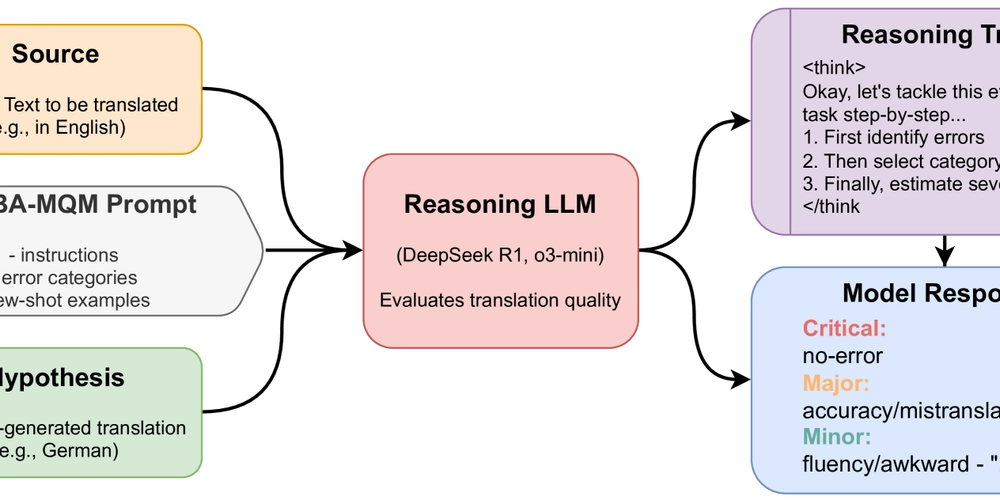





















































































![GrandChase tier list of the best characters available [April 2025]](https://media.pocketgamer.com/artwork/na-33057-1637756796/grandchase-ios-android-3rd-anniversary.jpg?#)










































.png?width=1920&height=1920&fit=bounds&quality=70&format=jpg&auto=webp#)


























.webp?#)











































































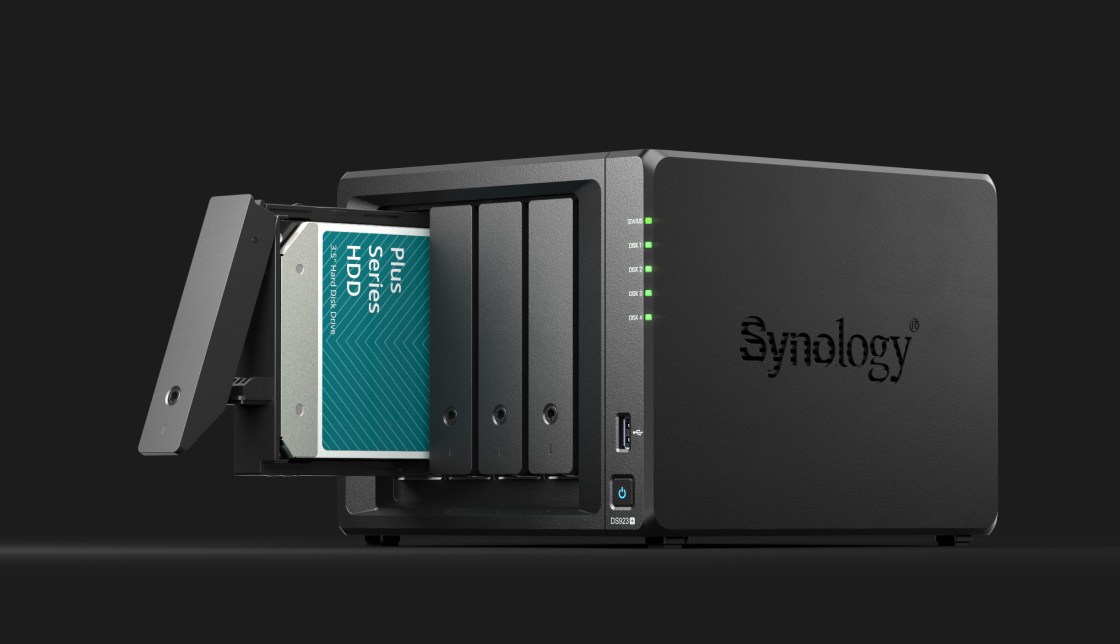







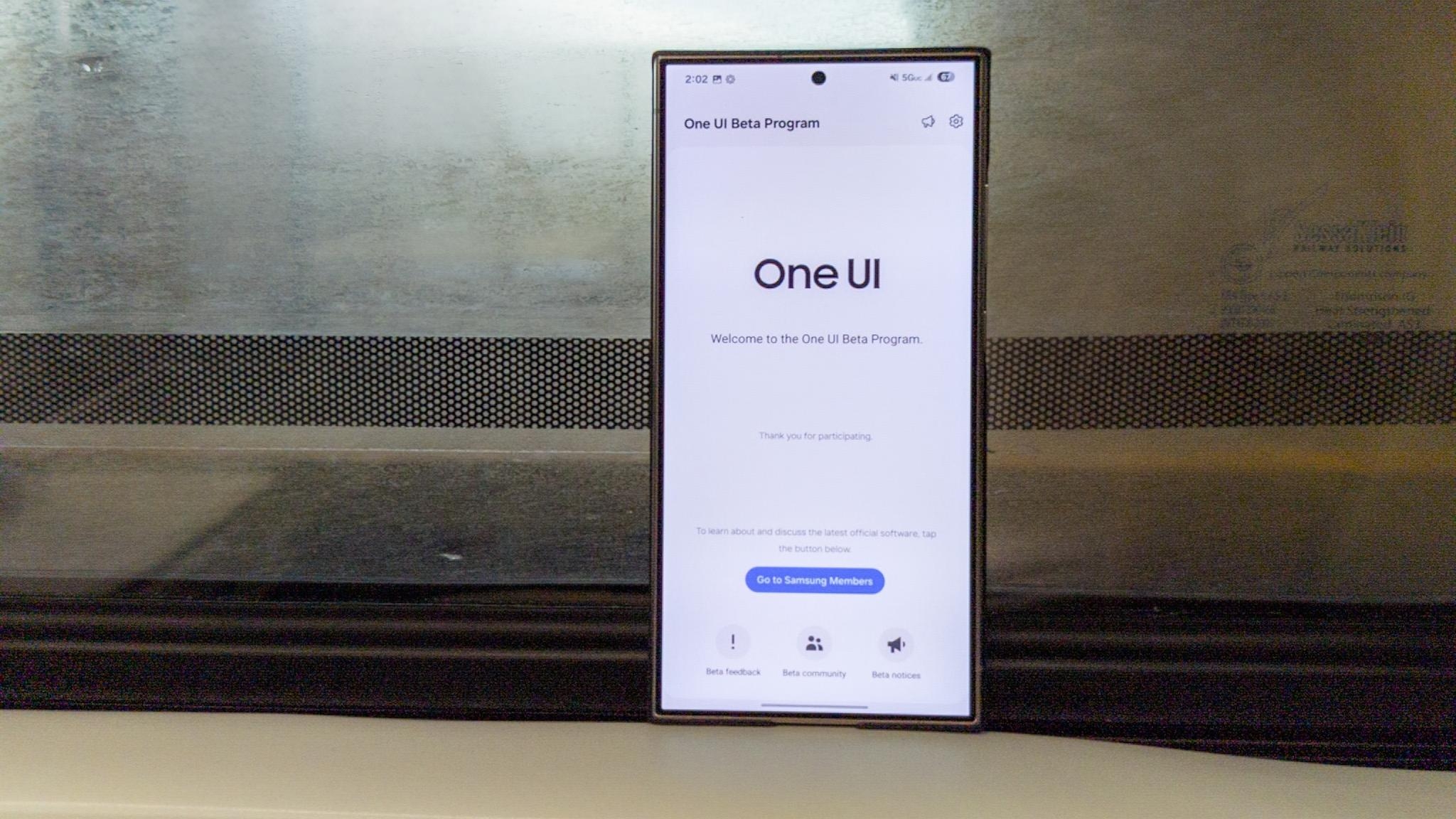



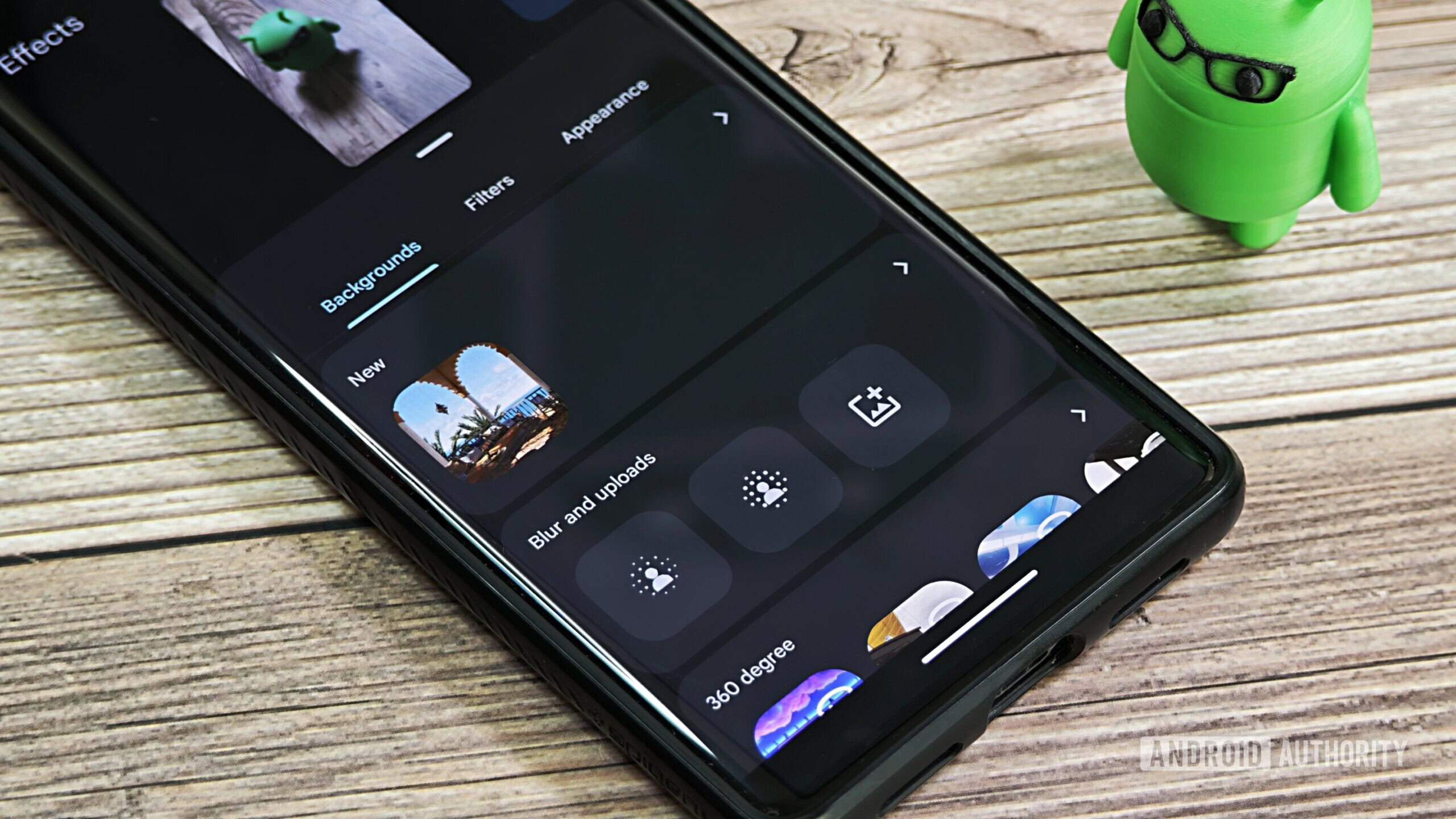







![Foldable e-ink readers are a thing now [Gallery]](https://i0.wp.com/9to5google.com/wp-content/uploads/sites/4/2025/04/mooink-v-foldable-e-ink-1.jpg?resize=1200%2C628&quality=82&strip=all&ssl=1)








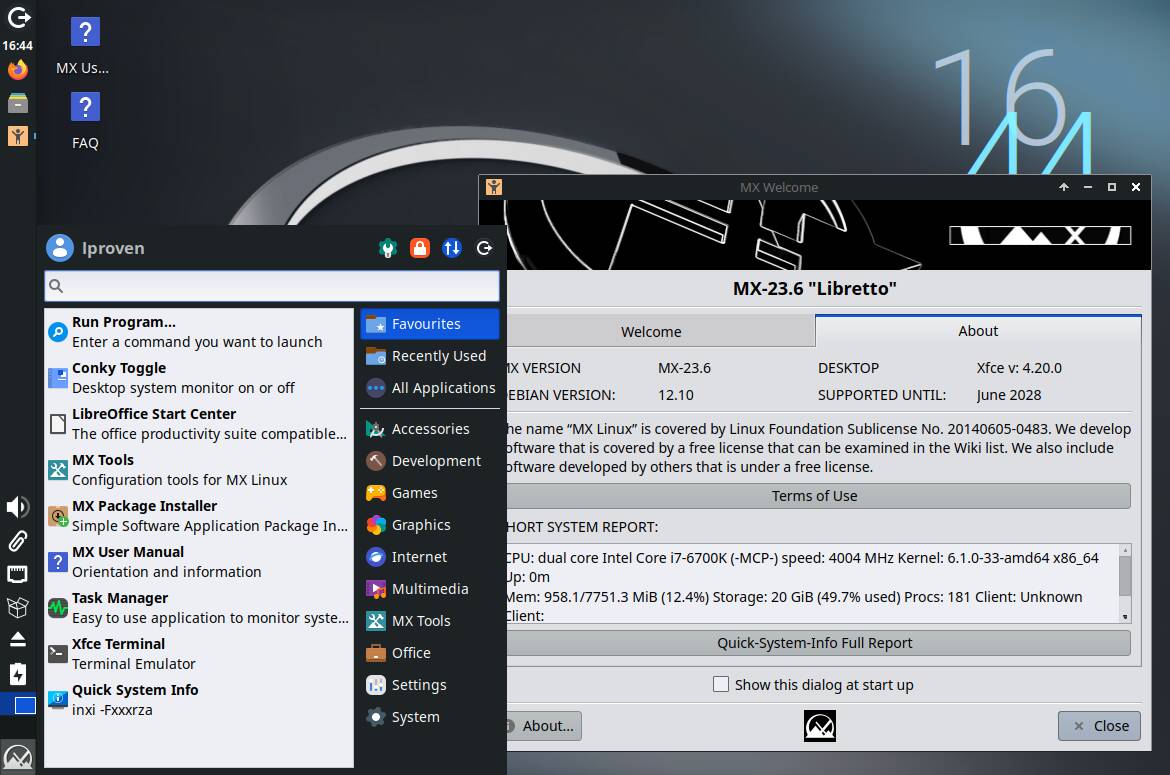

![New Beats USB-C Charging Cables Now Available on Amazon [Video]](https://www.iclarified.com/images/news/97060/97060/97060-640.jpg)

![Apple M4 13-inch iPad Pro On Sale for $200 Off [Deal]](https://www.iclarified.com/images/news/97056/97056/97056-640.jpg)



















































